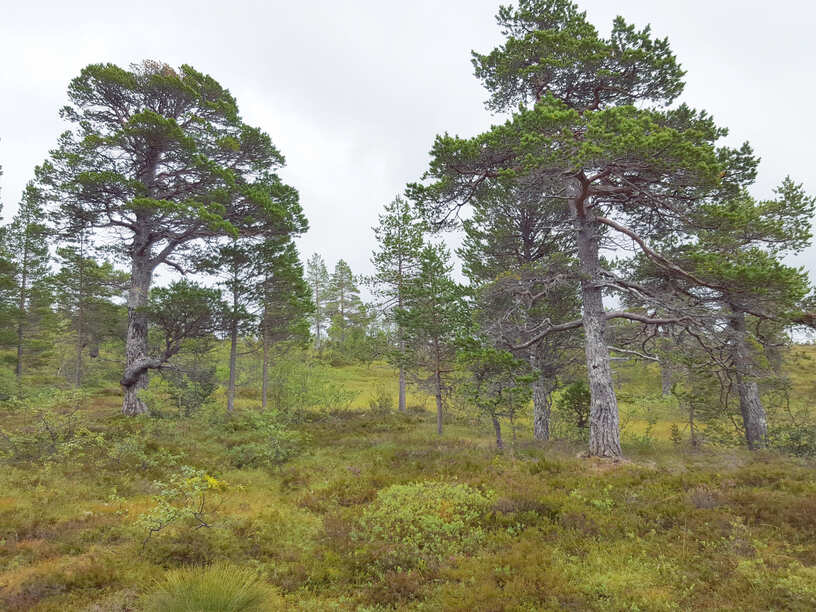Pine Tree Mushrooms, scientifically known as Tricholoma terreum, are a fascinating fungal species native to the southeastern regions of Australia. These edible mushrooms have been an integral part of the indigenous communities’ diets and traditional practices for centuries. In this comprehensive guide, we’ll explore the origin, habitats, foraging seasons, and other essential details about Pine Tree Mushrooms in Australia.
What is the Origin and Indigenous Uses of Pine Tree Mushrooms in Australia?

Pine Tree Mushrooms have a long history of use by Aboriginal communities in Australia. While the historical context is not well-documented, it is known that these fungi were consumed as part of the traditional diet, along with other edible mushroom species found in the region.
The indigenous knowledge and practices surrounding Pine Tree Mushrooms have been passed down through generations, but the specific details of their cultural significance and traditional preparation methods are not widely known. However, the fact that these mushrooms have been a part of the Aboriginal diet for centuries underscores their importance in the local ecosystem and the traditional food systems of the region.
Where are Pine Tree Mushrooms Found in Australia?

Pine Tree Mushrooms are primarily found in the southeastern regions of Australia, particularly in the states of New South Wales and Victoria. They thrive in habitats that are closely associated with pine trees, especially the Pinus radiata species, which are commonly found in plantations and natural forests.
The ideal geographical coordinates for locating Pine Tree Mushrooms in Australia are between 35°S to 40°S latitude and 145°E to 155°E longitude. These regions typically have the following environmental characteristics:
| Habitat Type | Description |
|---|---|
| Pine Plantations | Managed forests with a predominance of pine trees, often for commercial timber production. |
| Mixed Forests | Forests with a mix of pine trees and native eucalyptus species. |
| Native Eucalyptus Forests | Forests dominated by native Australian eucalyptus trees, with pine trees as a secondary species. |
The presence of pine trees, along with other native vegetation, provides the ideal conditions for Pine Tree Mushrooms to thrive in these southeastern Australian regions.
When is the Best Time to Forage for Pine Tree Mushrooms in Australia?
The optimal time for foraging Pine Tree Mushrooms in Australia varies depending on the region and weather conditions. Generally, the best time is during the spring and early summer months when the weather is mild and rainfall is moderate.
Here are the key factors to consider when determining the best foraging timeframes:
Seasonal Variations
- Spring (September to November): This is the peak season for Pine Tree Mushroom growth and fruiting.
- Early Summer (December to January): The mushrooms may continue to be found, but the abundance and quality may start to decline as the weather becomes warmer and drier.
Weather Conditions
- Mild Temperatures: The ideal temperature range for Pine Tree Mushroom growth is between 10°C to 20°C.
- Moderate Rainfall: The mushrooms thrive in areas with 50 mm to 100 mm of rainfall per month.
Specific Months or Weeks
- Late October to Early November: This is typically the peak foraging period for Pine Tree Mushrooms in Australia.
It’s important to note that the exact timing may vary depending on the specific region and local weather patterns. Monitoring the conditions and observing the fruiting patterns in your local area can help you determine the best times for foraging.
What are the Characteristics of Pine Tree Mushrooms in Australia?
Pine Tree Mushrooms in Australia have the following physical characteristics:
- Fruiting Body Size: The caps of the mushrooms typically range from 3 cm to 8 cm in diameter, and the stems are 3 cm to 6 cm in height.
- Fruiting Body Color: The caps are usually yellow-brown to brown in color, while the gills are white to cream-colored.
It’s crucial to note that Pine Tree Mushrooms can be easily confused with other, potentially poisonous species, such as Tricholoma equestre. Proper identification by an expert is essential before consuming any wild mushrooms to ensure safety.
References
- Kingfisher Mushrooms. (n.d.). Australian Edible Mushrooms and Fungi. Retrieved from https://kingfishermushrooms.wordpress.com
- Australian National Botanic Gardens. (2013). Aboriginal Use of Fungi. Retrieved from https://www.anbg.gov.au/fungi/aboriginal.html
- Wikipedia. (n.d.). Fungi of Australia. Retrieved from https://en.wikipedia.org/wiki/Fungi_of_Australia
